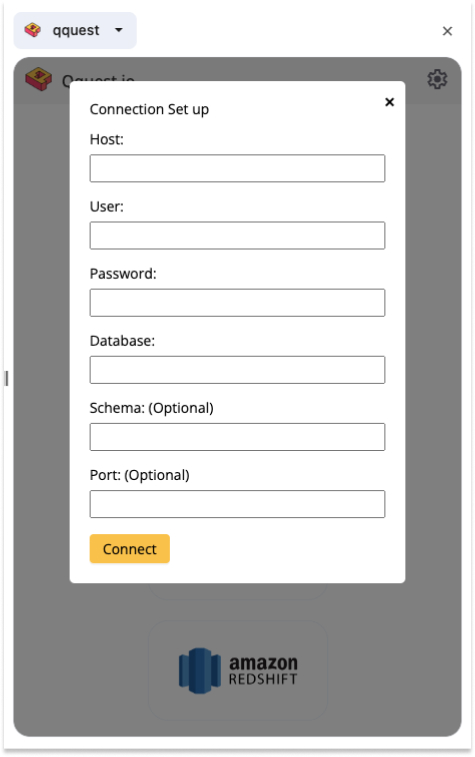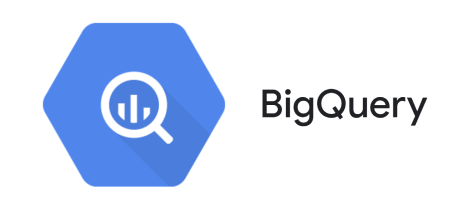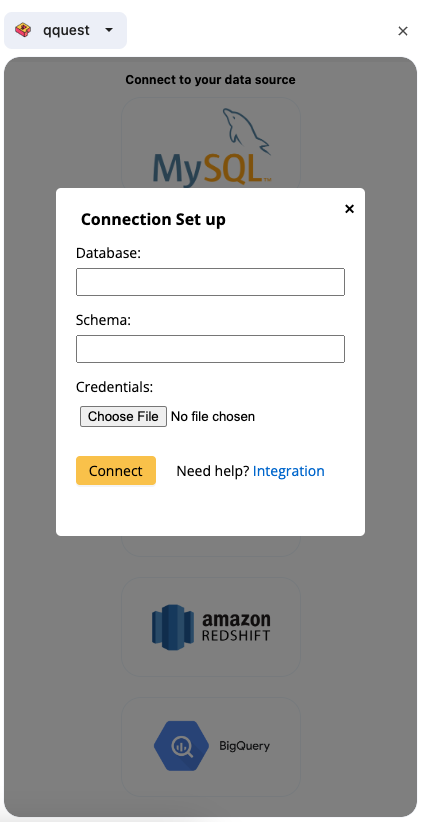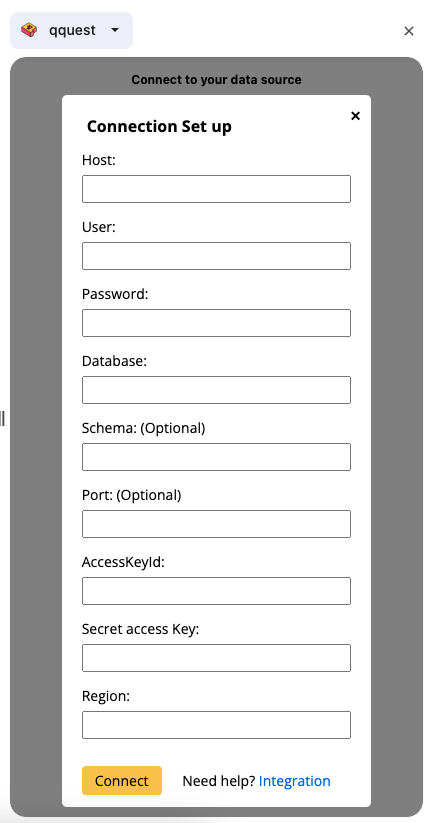

To find the connection string for a MySQL database, you generally need to know the following details:
Depends on where your MySQL database is hosted, here is more details to help you find the information:
If any addition help needed to set up your data source, please reach out suuport@qquest.io.


To find the connection string for a PostgreSQL database, you generally need to know the following details:
Depends on where your PostgreSQL database is hosted, here is more details to help you find the information:
If any addition help needed to set up your data source, please reach out suuport@qquest.io.


To find the connection string for a SQL Server database, you generally need to know the following details:
Please note that we are NOT supporting Windows Authentication.
Depends on where your SQL Server database is hosted, here is more details to help you find the information:
If any addition help needed to set up your data source, please reach outsuuport@qquest.io.


To find the connection string for a SQL Server database, you generally need to know the following details:
How to get the JSON key:
If any addition help needed to set up your data source, please reach outsuuport@qquest.io.


To find the connection string for Snowflake, you generally need to know the following details:
Please note that we are NOT supporting SSO Authentication.
If any addition help needed to set up your data source, please reach outsuuport@qquest.io.


To find the connection string for a SQL Server database, you generally need to know the following details:
Configure Network and Security Settings
If any addition help needed to set up your data source, please reach outsuuport@qquest.io.